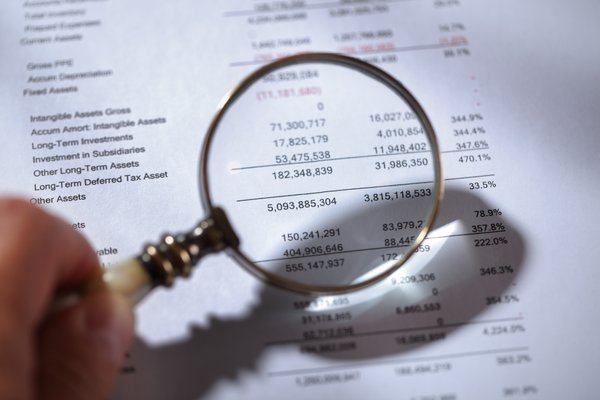Understanding Goodwill in Finance: A Canadian Investor's Guide

Goodwill is a term you'll often encounter when analyzing financial statements, particularly when a company has been acquired. But what exactly is goodwill, and why does it matter to Canadian investors? This guide breaks down the concept of goodwill, explaining how it's calculated, its implications for a company's financial health, and what you need to know before making investment decisions.
What is Goodwill?
In simple terms, goodwill represents the excess of the purchase price of a company over the fair value of its identifiable net assets. Essentially, it's the premium a buyer is willing to pay for a company above and beyond its tangible assets (like buildings, equipment, and inventory) and identifiable intangible assets (like patents, trademarks, and customer lists). Think of it as the value of a company’s reputation, brand loyalty, skilled workforce, and other qualities that aren't easily quantifiable.
How is Goodwill Calculated?
The calculation is straightforward:
Goodwill = Purchase Price - (Fair Value of Identifiable Assets - Fair Value of Liabilities)
Let's illustrate with an example. Company A acquires Company B for $10 million. Company B's identifiable assets (net of liabilities) are valued at $7 million. Therefore, goodwill is calculated as follows:
$10 million (Purchase Price) - $7 million (Net Assets) = $3 million (Goodwill)
Why Does Goodwill Exist?
Several factors can contribute to goodwill:
- Brand Reputation: A strong brand name can command a premium.
- Customer Relationships: Established customer loyalty is a valuable asset.
- Skilled Workforce: A talented and experienced team can drive innovation and growth.
- Synergies: The anticipated benefits of combining two companies (e.g., cost savings, increased market share).
Goodwill and Investor Implications
While goodwill isn’t inherently “bad,” it’s crucial for Canadian investors to understand its implications:
- Impairment: Goodwill isn't amortized (depreciated) like tangible assets. Instead, it’s tested for impairment annually. If the fair value of the acquired company falls below its carrying value (including goodwill), an impairment charge is recorded, reducing the company’s earnings.
- Overvaluation: High levels of goodwill can be a red flag, suggesting the acquiring company overpaid for the target.
- Financial Statement Analysis: When analyzing financial statements, pay attention to goodwill. Large goodwill balances should be scrutinized to ensure the acquisition has delivered the expected benefits.
Goodwill in the Canadian Context
Canadian accounting standards (ASB) align with International Financial Reporting Standards (IFRS), which govern the accounting for goodwill. Understanding these standards is vital for Canadian investors. The annual impairment testing process is critical, and investors should carefully review companies' disclosures regarding goodwill and any impairment charges.
Key Takeaways for Canadian Investors
- Goodwill represents intangible assets acquired during a business combination.
- It’s calculated as the excess of the purchase price over the fair value of net identifiable assets.
- Goodwill is subject to annual impairment testing.
- High goodwill balances warrant careful scrutiny.
By understanding goodwill, Canadian investors can make more informed decisions and better assess the financial health of companies they invest in.





